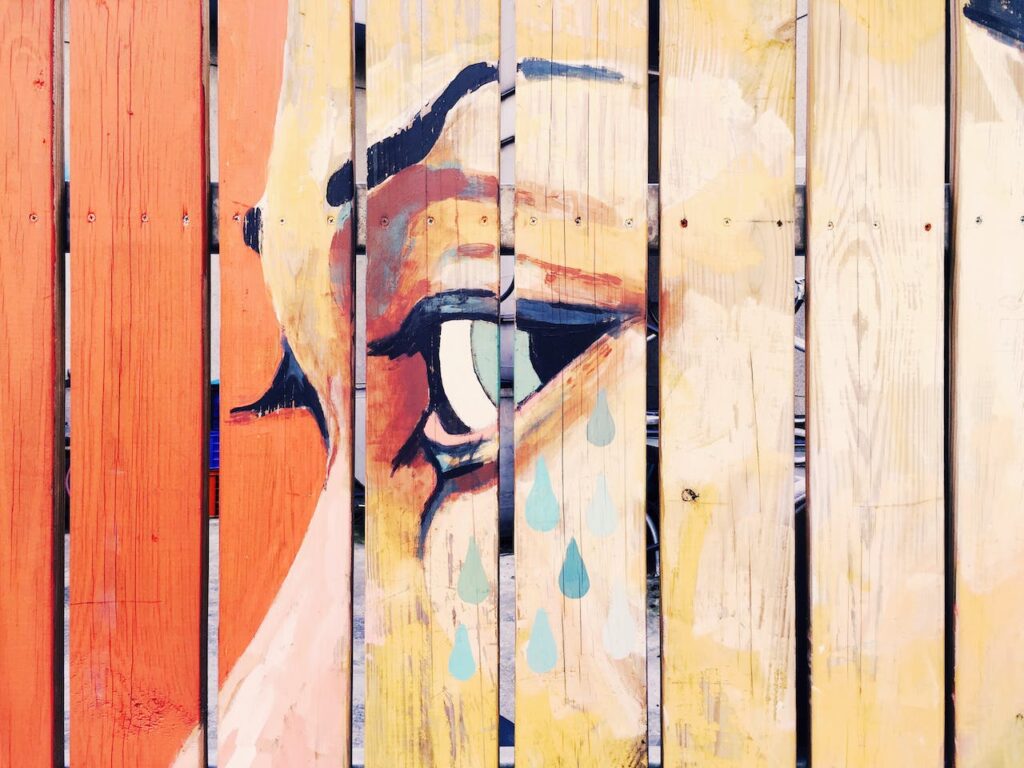Whether you’re just starting out on your artistic journey or have dabbled in art for years, expanding your knowledge of different styles and techniques is crucial for development. Understanding the context behind movements and individual pieces gives deeper meaning to the visual elements themselves. From Renaissance classics to contemporary installations, art is a rich tapestry interwoven with history, culture, politics, and emotion. Growing as an artist requires an inquisitive mind and passion for learning the stories behind creative works. Read on for tips on enriching your understanding as an amateur.

Immerse Yourself in Art
The best way to learn is through exposure and active viewing. Visit museums and galleries in your area whenever you can and observe a wide variety of pieces. Notice techniques, mediums, and the use of colour and space. Read all accompanying text to understand the context around works and absorb as much background as you can. Sometimes, the stories behind the art are just as fascinating as the visuals themselves.
Attending exhibitions is another excellent way to encounter art styles you may be less familiar with. Modern and contemporary galleries often display cutting-edge techniques in mixed media that challenge tradition, which can open your mind. Installation and digital art also push boundaries. The Tate Modern and Whitechapel Gallery in London offer particularly diverse and progressive exhibitions.
Practice Critical Analysis
Simply looking at art is one thing, but thoughtful criticism and analysis will enable much faster growth in understanding different movements. Take time with each piece you view and try to interpret what the artist was trying to communicate or express when they created it. What was their inspiration? Consider messages, cultural references, historical events and the emotional symbolism depicted. How do colours, textures, space and other elements aid the overall impression? Don’t worry about whether your personal interpretations match existing theories; the value lies in exercising your visual cognition.
Read Art History Texts
While nothing beats first-hand viewing, reading widely about art history helps construct a robust framework for better comprehending different styles in context. From Ancient Greek sculpting techniques to 20th-century abstract expressionism and onwards, publications allow you to identify pivotal stages of artistic evolution. They also spotlight seminal works and profile famous names across eras, outlining their contributions and approaches. A baseline understanding of chronology and key movements clears confusion when later viewing diverse pieces in person.
Take Inspiration from Artists You Admire
In addition to studying formal art history, follow contemporary artists who ignite your passion and intrigue you through their unique styles. Many maintain blogs explaining inspirations and influences behind bodies of work. Social media presents another avenue to learn directly from working artists globally – follow hashtags like #artistsoftwitter or #artstagram to find creators you connect with. YouTube also offers endless video content from artists working in every medium imaginable, detailing their philosophies and demonstrating techniques. Identify those you wish to emulate going forward to inform your own growth.
Experiment with Different Mediums
Once you have soaked up some context through the steps above, apply your knowledge practically through experimentation. Challenge yourself to move beyond comfortable mediums and dabble in styles you’ve recently studied or observed. Consider buying introductory kits for new techniques like acrylic pouring, watercolour, pottery sculpting or digital illustration using Adobe Creative Suite. Local colleges may offer short courses too. Hands-on creating cements understanding and appreciation far more profoundly than just reading or viewing alone. Failures make the best teachers – be bold!
Join Online Art Communities
Connect with fellow amateur artists online to ask questions, share resources and mutually support one another in exploring different creative territories. Reddit has lots of art subreddits with specialised branches for specific mediums while ArtStation hosts dedicated forums for digital creators. Social networks let you crowdsource feedback for attempts mimicking unfamiliar genres. Not feeling confident in compositions? Facebook groups specific to the type of art you’re involved in actively critique user-uploaded attempts impartiality, enabling fast improvements through constructive input. Surrounding yourself with positive creative communities makes the journey more rewarding.
Immerse Yourself in Different Art Cultures
Art movements do not occur in isolation and often reflect wider social change and influences of the era. Look internationally to deepen your understanding of stylistic impacts stemming from different cultural environments. For example, explore East Asian art forms like Sumi-e ink wash painting or Ukiyo-e wood printing from Japan, which apply philosophical minimalist principles to breath-taking effect. Meanwhile, Indian miniature religious artworks boast intricate patterns and vivid colour palettes. Stepping outside Western-centric art education opens new perspectives.
Consider Short Courses or Workshops
Maybe you want to know what is abstract art or want to get started with mixed media. Sometimes, structured guidance helps grant insider knowledge less accessible from independent efforts. Short courses and multi-day workshops offer affordable immersion into targeted art disciplines under an expert tutor’s direction. From icon painting to printmaking, tapestry weaving, encaustic wax methods, or Chinese brush styles, specialist courses that cater to most crafts are available.
Do you feel haunted by not grasping concepts? Need some abstract art inspo but not sure where to find it? Check out YouTube and the Adobe website for help. With just a little bit of browsing, you can learn how to ink blend oxides, draw and colour with watercolour paints, and create a cute bullet journal. It doesn’t matter what type of art you want to get involved in or your level as an artist; investing in your artistic enlightenment via guided learning is guaranteed to fast forward your own unique evolution wonderfully.
Hopefully the pointers above provide a helpful starting point for continuing your artistic knowledge journey as an amateur. Be proactively curious in seeking varied styles to appreciate and new techniques to try. Surround yourself with inspiration. Embrace playful experimentation with a guiding historical context in mind. Most importantly, enjoy the infinitely enlightening practice as you develop a deeper understanding of wonderfully diverse creative arts crafted through the years!

